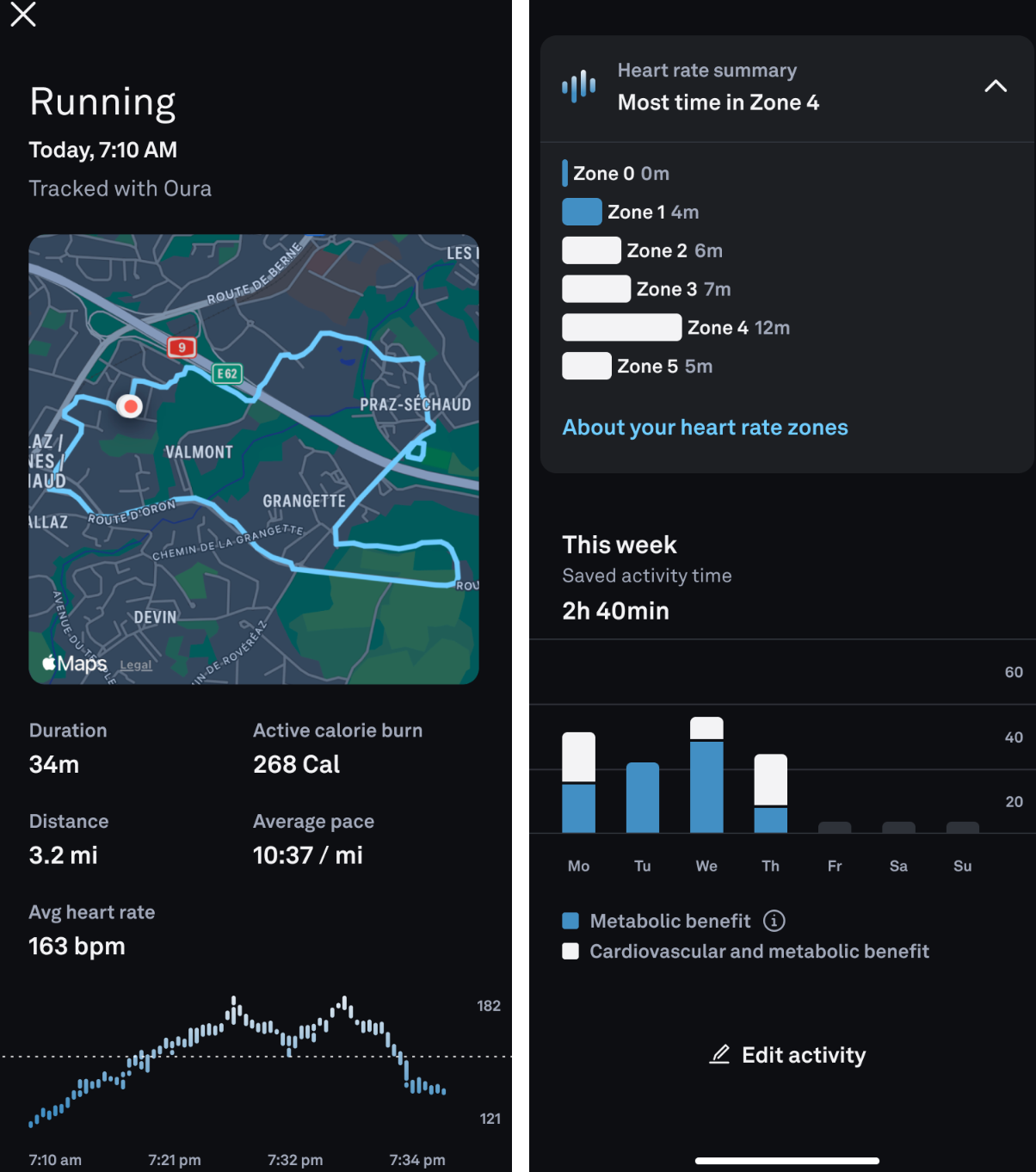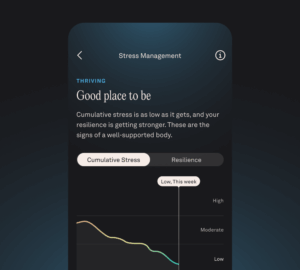Resistance training involves working against a form of resistance, be it weights or your body weight. Commonly referred to as strength training, this type of exercise goes well beyond building strength—it plays a key role in metabolic health, from improving insulin sensitivity to aiding long-term weight management.
In fact, one study found that just an hour per week was enough to lower the risk of developing metabolic syndrome by nearly 30%.
Below, learn how to use resistance training to support your metabolic health.
Resistance Training: What You Need to Know
Resistance training, strength training, or weight training is any form of exercise where your muscles work against a force. That force could be your body weight, resistance bands, dumbbells, or even everyday items like a backpack filled with books.
The goal is to strengthen muscle groups, increase lean body mass, and support your long-term health. And the options are more accessible than you might think.
Types of Resistance Training
Common types of resistance training include:
- Bodyweight exercises like squats, push-ups, lunges, and planks
- Free weight movements using dumbbells or kettlebells (think bicep curls, shoulder presses, deadlifts)
- Resistance band workouts
- Weight machines often found at gyms to target specific muscle groups
- Functional strength daily work, like carrying groceries, climbing stairs, or picking up your child
| Member Tip: Oura automatically detects and identifies up to 40 different activities, including walking, strength training, skiing, or housework, and provides average heart rate and heart rate zone information after an activity has been detected. |
Cardio Exercise vs. Strength Training
While both cardio and strength training offer metabolic benefits, they work in distinct ways.
Cardio exercises—such as running, cycling, or walking—can improve cardiovascular health and increase calorie burn during the activity itself.
Strength training, on the other hand, builds lean muscle mass, which has a lasting impact on your metabolism.
Muscle tissue is more metabolically active than fat, meaning it burns more energy at rest. Over time, this helps improve insulin sensitivity and glucose uptake, supporting steadier blood sugar levels. That’s why resistance training isn’t just about strength—it’s a powerful tool for long-term metabolic health.
READ MORE: Why Step Count Is a “High-Performance Metric,” Says Fitness Expert Don Saladino

The Metabolic Benefits of Resistance Training
No matter how you do it, the benefits of resistance training add up. Resistance training can:
- Increase muscle mass
- Improve insulin sensitivity
- Help manage and prevent insulin resistance
- Support weight management
- Support bone density and balance
- Boost muscular endurance and resilience
Whether you’re starting with a few push-ups or stacking weight onto a barbell for deadlifts, resistance training can be customized to your current capabilities and the goals you have in mind.
READ MORE: Reasons to Monitor Your Glucose (Even If You Don’t Have Diabetes)
Why Muscle Matters for Metabolic Health
1. Muscle is metabolically active.
 Muscle isn’t just for movement—it’s a metabolically active tissue, which means it burns more calories at rest than fat. That’s because muscle requires more energy to maintain, repair, and rebuild, even when you’re not moving.
Muscle isn’t just for movement—it’s a metabolically active tissue, which means it burns more calories at rest than fat. That’s because muscle requires more energy to maintain, repair, and rebuild, even when you’re not moving.
When you increase your muscle mass, you raise your resting metabolic rate, helping your body burn more energy throughout the day—including while sleeping or recovering.
LEARN MORE: How Sleep Helps Muscle Recovery and Growth
2. Muscle improves how your body uses glucose.
Muscle cells are major sites for glucose uptake, so the more muscle mass you have, the more glucose can be absorbed from the blood, improving how your body uses glucose.
Muscle acts like a sponge, soaking up glucose for energy. Research shows that glucose uptake is elevated for up to 120 minutes after exercise, and insulin sensitivity increases for at least 16 hours post-exercise.
The result is better insulin sensitivity, which helps to prevent or manage insulin resistance. Less muscle, on the other hand, can make your body more prone to storing excess glucose as fat.
| Member Tip: Keeping tabs on your glucose levels just got even more intuitive with Oura. Members can use the Stelo glucose biosensor with the Oura App to easily and seamlessly track their glucose levels over time. |
3. Muscle protects against age-related decline.
Resistance training is also the first line of treatment for age-related muscle loss (known as sarcopenia), which is closely linked to metabolic decline. Research shows that just two weekly resistance workouts can help maintain or even reverse sarcopenia.
4. Muscle mass can improve body composition and support weight management.
Building muscle helps lower fat mass and improve body composition, which makes it easier to regulate blood sugar and maintain a healthy weight. A systematic review of over 4,000 participants found that resistance training significantly reduced body fat, increased lean mass, and improved body mass index (BMI).
Add Resistance Training to Your Routine: 5 Tips to Get Started
Whether you want to improve glucose control, support weight loss, or simply feel stronger, resistance training is one of the most accessible tools for better health. Here’s how to get started:
- Start small: Begin with bodyweight exercises or light dumbbells (≤5 lbs) and aim for higher reps. This builds a solid foundation and improves muscular endurance.
- Try resistance bands: They’re low-cost, travel-friendly, and highly effective. Place them around your wrists, thighs, or ankles to add challenge.
- Use what you have: No weights? Use household items like water bottles or a loaded backpack. To increase difficulty, add reps or hold positions longer.
- Do it with a friend: It can be daunting to start something new. Going to a gym, exercise class, or organizing a home workout with a friend can give you both accountability and make it more enjoyable.
- Ask for help: If you’re unsure where to start or want to make sure your form is solid, consider working with a certified personal trainer or strength coach—either in-person or virtually. Even a single session can help you feel more confident and reduce your risk of injury.
READ MORE: All Movement Counts: Using Oura to Track Low, Medium, and High-Intensity Activities










